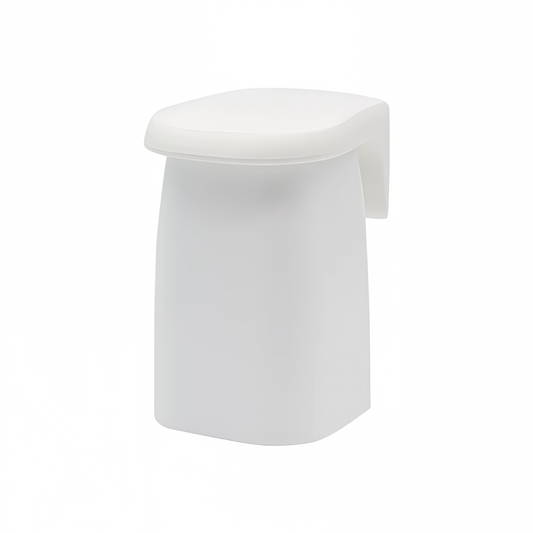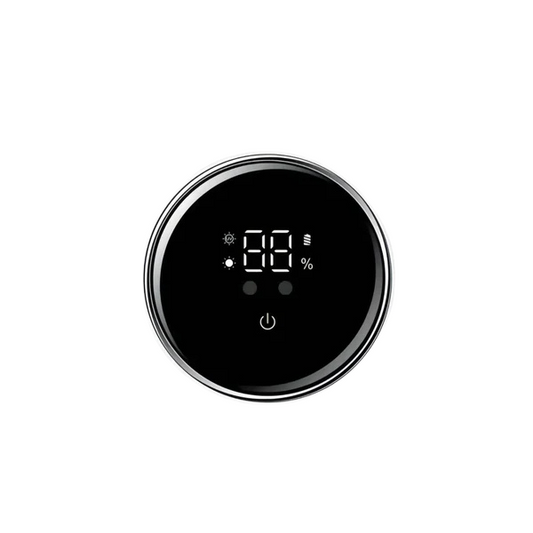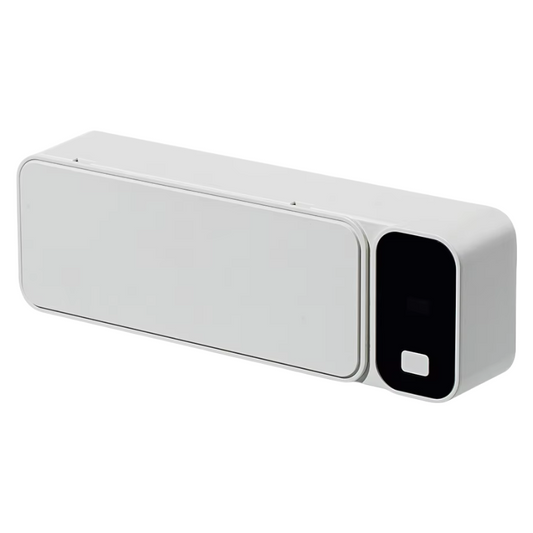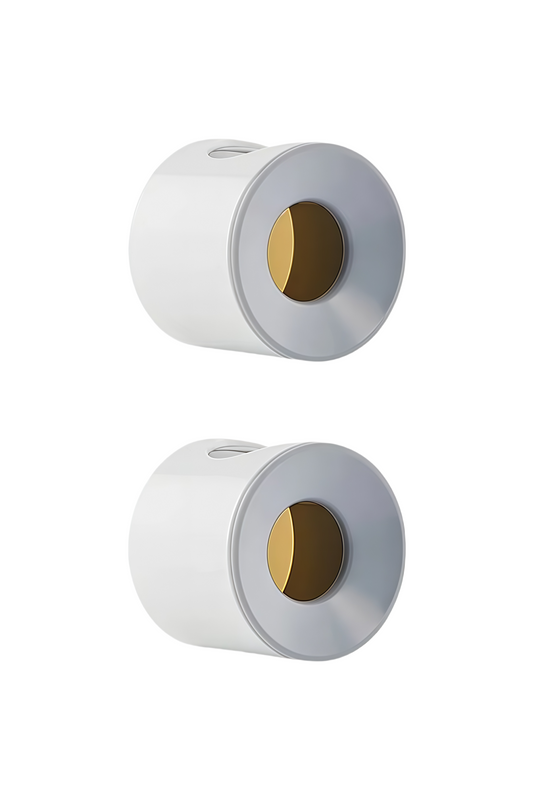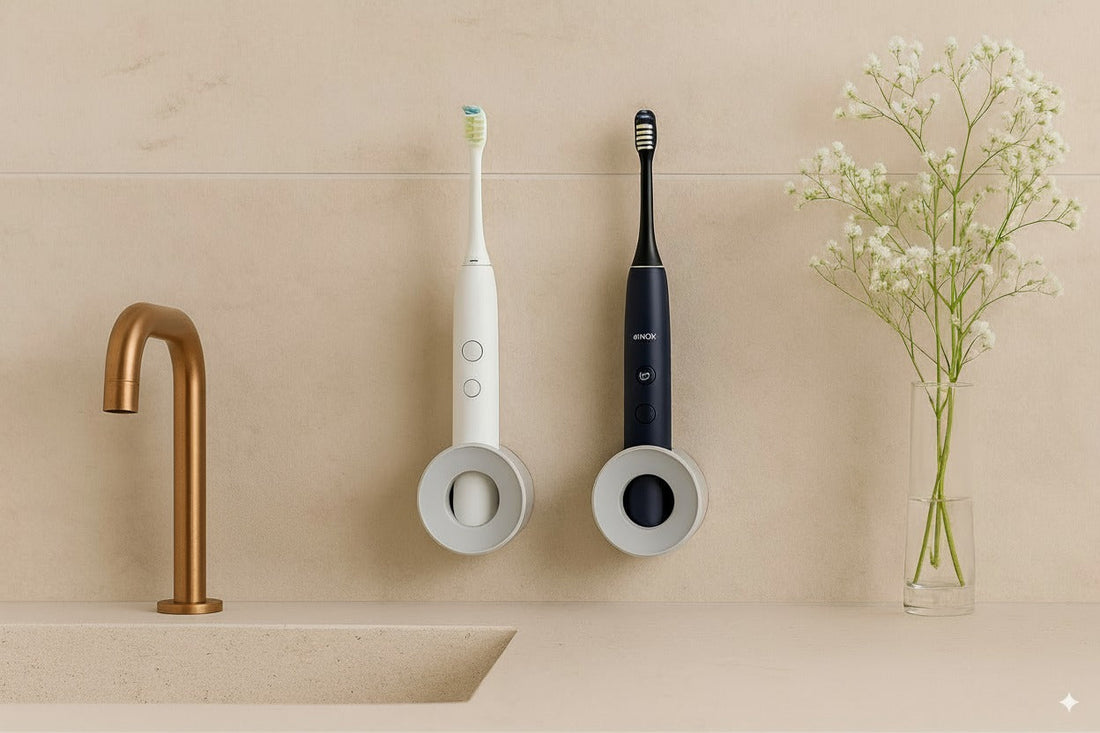
How to Store Your Toothbrush in the Bathroom: Best Practices
Share
Your toothbrush is one of the most essential items in your daily routine, but when it comes to storing it in the bathroom, many people overlook the importance of proper placement. Storing your toothbrush incorrectly can lead to bacteria buildup, unpleasant odors, and even damage to the bristles. To ensure your toothbrush remains clean, effective, and in good condition, follow these best practices for storing it in the bathroom.
1. Use a Toothbrush Holder
The simplest and most common solution for storing a toothbrush is a holder. Toothbrush holders come in various forms: cups, wall-mounted racks, or even dedicated slots built into bathroom vanities.
There are many available on the market such as these options here. When choosing which holder to purchase, here are some key considerations:
Breathable Design: Ensure the holder allows for air circulation. A solid, enclosed holder might trap moisture, encouraging bacterial growth. Opt for holders with ventilation holes or a design that promotes airflow.
Separate Compartments: If you have multiple toothbrushes (for family members or guests), make sure the holder provides separate spaces to avoid cross-contamination.
Easy to Clean: Choose a toothbrush holder that is easy to clean regularly. Consider materials like stainless steel or acrylic, which are durable and resistant to germs.
2. Store Upright to Prevent Contact with Surfaces
Always store your toothbrush with the bristles facing up. This minimizes the chances of bacteria transfer from countertops or bathroom surfaces to your toothbrush. Keeping the bristles upright also allows the moisture to drain from the head, preventing mold and mildew from forming.
If you do not have a holder, you can use a clean, dry glass or cup to stand your toothbrush upright. Avoid placing it on a countertop or sink where it can come into direct contact with germs.
You could consider using a Magnetic Cup so the toothbrush is away from surfaces.
3. Avoid Storing Your Toothbrush Near the Toilet
The bathroom environment is prone to germs, and one of the highest risks for contamination comes from the toilet. Every time the toilet is flushed, tiny particles can spread throughout the air—this is known as the “toilet plume.” These particles may settle on surfaces, including your toothbrush.
To reduce exposure to these particles, never store your toothbrush directly near the toilet. If possible, place it on a countertop or in a drawer, away from the flushing zone. Better yet, consider using a bathroom with a lid on the toilet to reduce aerosol contamination.
4. Opt for a Toothbrush Cover or Cap
If you need to transport your toothbrush or store it temporarily (such as when traveling or if you have limited space), a toothbrush cap or cover is a great solution. These covers prevent the bristles from being exposed to dirt and bacteria. However, it's important to ensure the cap is breathable. A closed-off cap may trap moisture, leading to bacterial growth. Choose a cap with small vents to allow airflow.
5. Regularly Clean Your Toothbrush
Even if you follow all the right steps for storage, your toothbrush will still need to be cleaned regularly. Rinse your toothbrush thoroughly after every use to remove toothpaste, saliva, and debris. If you’ve been sick, you may want to disinfect your toothbrush by soaking it in antibacterial mouthwash or boiling water for a few minutes.
In addition, replace your toothbrush every 3-4 months, or sooner if the bristles become frayed. A worn toothbrush is less effective at cleaning your teeth and can harbor bacteria more easily.
6. Consider a Toothbrush Sanitizer
For those who are particularly health-conscious, using a toothbrush sanitizer might be an option. These devices use UV light or other methods to kill bacteria and other pathogens that may reside on the bristles. While they are not essential for most people, they can offer extra peace of mind if you're concerned about germs.
7. Store Away from High Moisture Areas
Bathrooms, by nature, are moist environments, but it's important to keep your toothbrush away from areas where the moisture is concentrated, such as the shower or sink. Excess moisture can lead to quicker wear on the bristles and create a breeding ground for bacteria and mold. Choose a storage spot that is dry and well-ventilated.
8. Avoid Sharing Toothbrushes
Though this may seem like an obvious point, it's worth mentioning: avoid sharing your toothbrush with others. Each person’s toothbrush harbors their own bacteria, which can lead to cross-contamination and possible illness. Having a dedicated spot for each toothbrush will prevent mix-ups.
9. Consider a Modern Toothbrush Holder with a UV Cleaner
With the rise of technology, many modern toothbrush holders come equipped with UV-C light sterilizers. These devices not only store your toothbrush upright but also use UV light to disinfect the bristles, killing harmful bacteria and viruses. While these may be a bit more expensive than a standard holder, they offer an extra layer of hygiene and peace of mind.
A highly recommended toothbrush holder using UV light is here.
Final Thoughts
Storing your toothbrush properly is key to maintaining its effectiveness and hygiene. By following these simple storage guidelines, such as using a holder, keeping your toothbrush away from contamination sources, and ensuring proper airflow, you can significantly reduce the risk of bacteria buildup and prolong the lifespan of your toothbrush.
Investing just a little extra time into proper storage will help you maintain good oral health and ensure your toothbrush remains in top condition, ready to serve its purpose in your daily routine.

